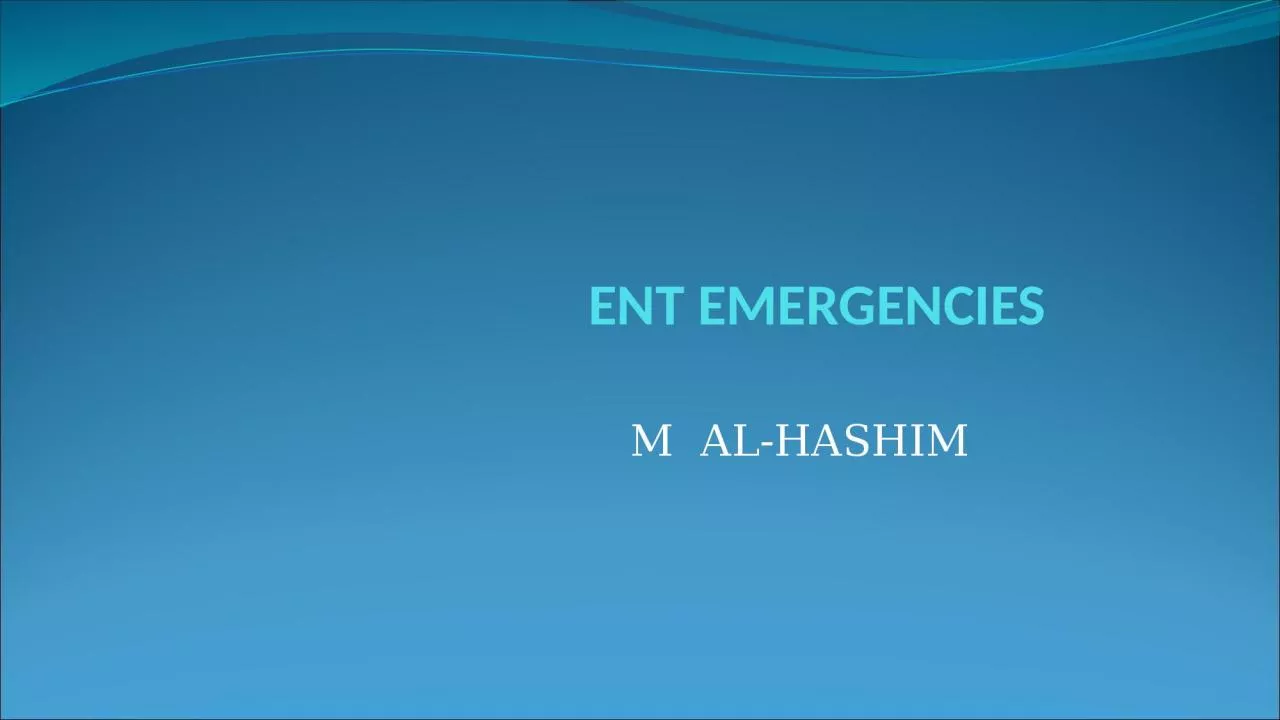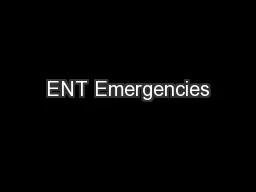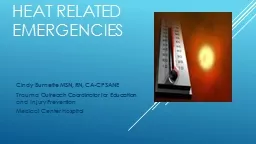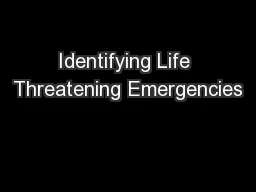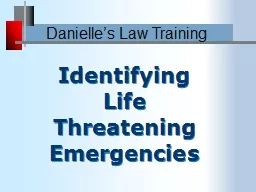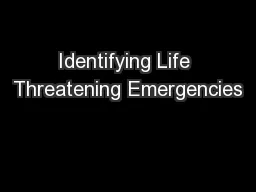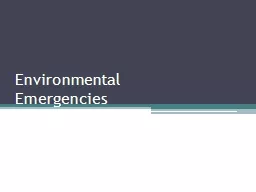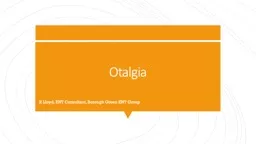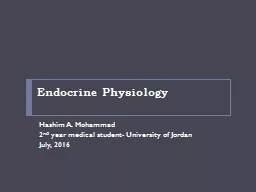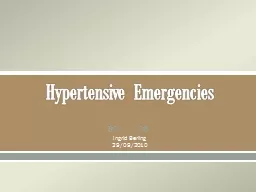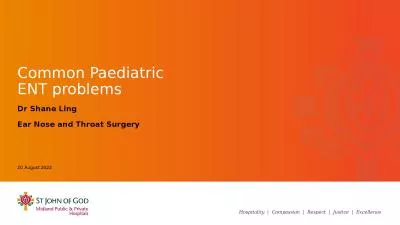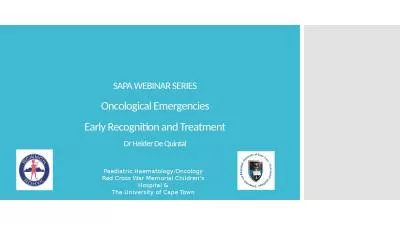PPT-ENT EMERGENCIES M AL-HASHIM
Author : hadly | Published Date : 2023-11-16
Common ENT emergencies Basic management How to refer Cases you should not miss On call team 0875 0709 For patients who need to be reviewed in ENT OPD within next
Presentation Embed Code
Download Presentation
Download Presentation The PPT/PDF document "ENT EMERGENCIES M AL-HASHIM" is the property of its rightful owner. Permission is granted to download and print the materials on this website for personal, non-commercial use only, and to display it on your personal computer provided you do not modify the materials and that you retain all copyright notices contained in the materials. By downloading content from our website, you accept the terms of this agreement.
ENT EMERGENCIES M AL-HASHIM: Transcript
Download Rules Of Document
"ENT EMERGENCIES M AL-HASHIM"The content belongs to its owner. You may download and print it for personal use, without modification, and keep all copyright notices. By downloading, you agree to these terms.
Related Documents

